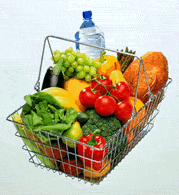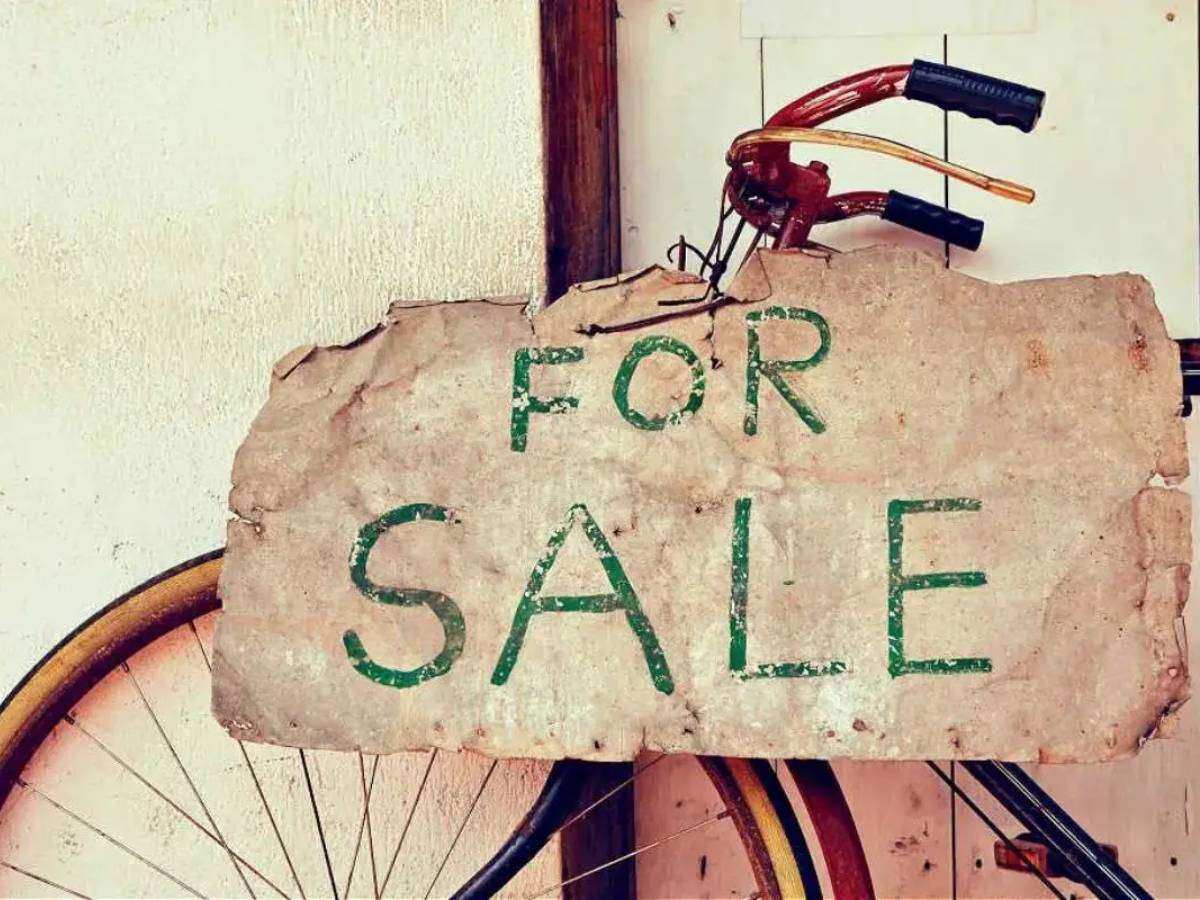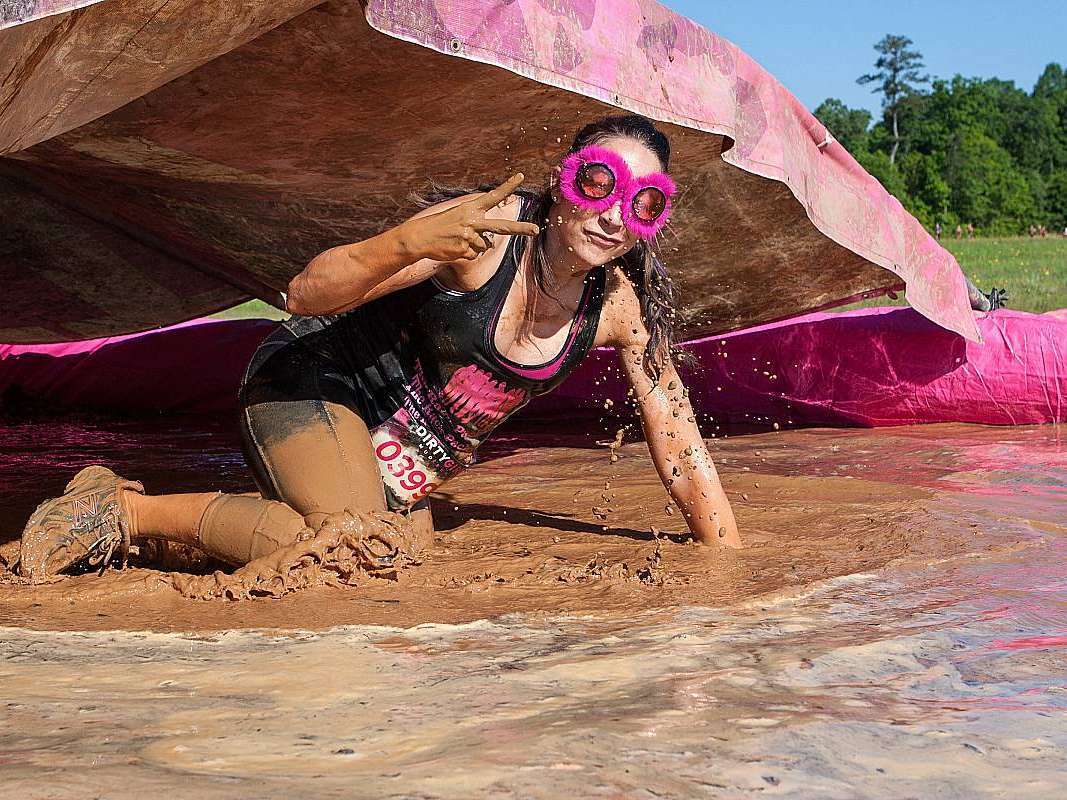 When I decided to do my first triathlon, I weighed 210 pounds.
When I decided to do my first triathlon, I weighed 210 pounds.
Yesterday, I weighed in at 166. That was after a training session, so really my normal weight these days in somewhere in the range of 168 to 172.
There was once a time in life when I worried about eating too much. Now, I worry about eating too little.
Eating right as a triathlete isn’t easy for several reasons.
First off, many people approach food in general with the wrong idea in mind.
Focus: Why We Eat
Here are some common misplaced motivations that are tied to people’s eating habits:
- Emotional eating — depending on food as a feel-good, pick-me-up, escapist, or coping strategy.
- Obsessive compulsive tendencies or hyper concern with appearance — essentially starving yourself or other eating disorders designed to make one feel they are in control or to maintain a thing appearance.
- Good cop, bad cop — you workout hard to give yourself permission to eat whatever you want, and then you “make it up” by exercising more. Then, the cycle starts over again.
Eat Wrong And You’ll Bonk!
Because so many people have emotional, and personal worth and identity issues wrapped up in their eating habits, it’s difficult to think of food as fuel for the body — which is the primary way you must view food as a triathlete.
Think of the potential problems that would result if you didn’t fuel your car properly:
A. You fill it up with muddy water. It won’t work because muddy water is not capable of generating the energy to move your car. Likewise, junk food and a host of other things we eat are not capable of supplying the energy to swim, bike, and run.
B. You let your tank run empty. If you don’t pay attention to your fuel tank gauge, you’ll likely end up on the side of the road somewhere out of gas. And, if you don’t stay on top of how much fuel you are putting in your body, you won’t be able to train or compete in triathlons.
C. You overfill the tank. Have you ever been putting gas in your car and trying to top it off, when suddenly it starts gushing out? That wasted gas is like flushing dollar bills down the drain. In the same way, eating too much is a waste, and won’t help you.
So, the trick is eating the right food in the right quantity.
Starting A Triathlon Diet
Whether you are someone who needs to lose weight or not, my suggestion is to start working at converting your nutrition and eating habits to a proper triathlon diet. By doing so, you are going to naturally lose unnecessary weight through your increased training.
For me, the progression I went through in terms of nutrition went something like this:
Major offenses eliminated. I stopped night-time eating, gave up Little Debbie cakes, and quit going to McDonalds’s and Dairy Queen.
Basic healthy eating. I began eating more fruit and fresh vegetables, drinking lots of water, eliminated diet sodas and other foods with preservatives, and began incorporating organic alternatives for many dietary items.
General triathlon diet. My training distances and intensity increased, and I knew I needed carbohydrates and protein for fuel and recovery, and so I made sure there was plenty of both in my diet.
Nutrition fine-tuning. I determined specifically how many calories, carbs, protein and fat grams I needed for training, performance, and recovery, and established a nutrition plan to accomplish this.
Triathlon Diet Frustrations
Following a good nutrition plan for endurance sports can sometimes be a pain in the butt.
Here have been a few of my frustrations:
- It’s not easy getting all the protein you need from your natural diet. What compounds the problem for me is that I’m not fond of fish and particularly tuna, which is one of the easiest ways to get protein.
- There have been times when I was like: “Okay, if I see one more plate of frickin’ spaghetti or noodles I’m going to set my goggles and tri-shorts on fire!”
- Organic food is way too expensive.
On the other hand, I have discovered a few things that help me get by. Panera Bread has an awesome Organic Strawberry Smoothie, a nice treat every now and then. Also, I can pig out at CiCi’s Pizza, and it’s a good thing.
A few final pointers:
Drink 8 to 10 glasses of water a day. You know you are properly hydrated with water if your urine is clear as opposed to yellow.
Don’t be too hard on yourself. It’s not the end of the world to have a Dairy Queen Blizzard or a Wendy’s Burger every now and then.
Eventually I pretty much lost my appetite for junk food, and found the food I was eating to be satisfying. I now truly enjoy eating all kinds of fruit. I’ve always been a big cereal guy, and that continues now with organic cereals such as Rebound, and Ezekiel.
In the series, Science of Triathlon, a section is devoted to the topic of nutrition.
There are all kinds of triathlon training nutrition resources out there to help guide you. Also, most books about triathlons have chapters with detailed nutrition plans included.





